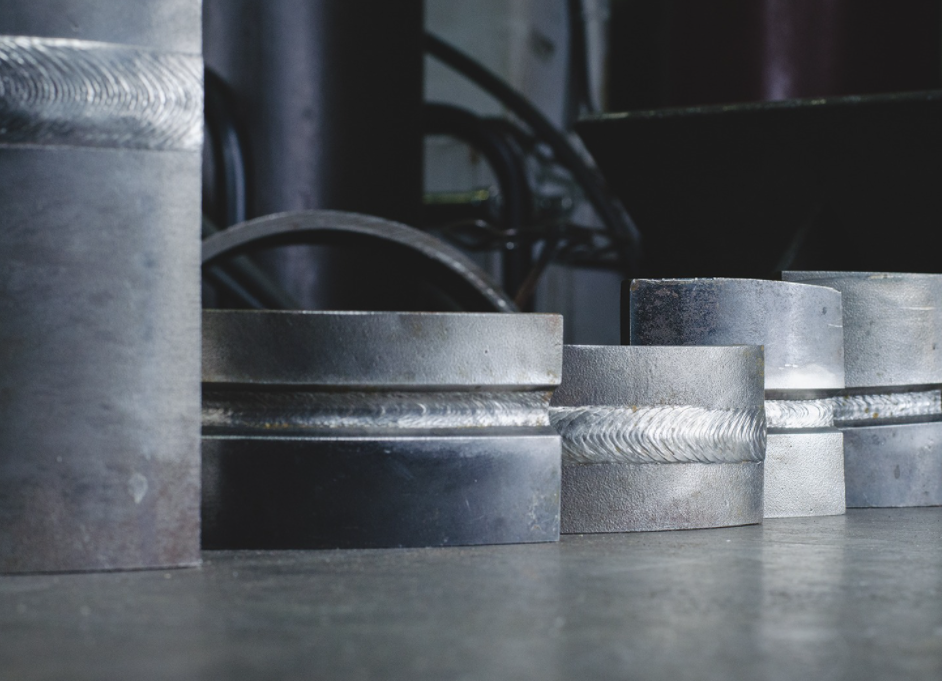The numbers and statistics don’t lie, by 2025 in North America approximately 30% of the welding workforce will be retirement eligible. The average age of a welder today is 55. Ya, these are truly staggering numbers to be concerned about.
Coming out of the pandemic, we are seeing most areas of our economy bouncing back and some sectors like construction and mechanical contractors are booming in many regions. Engineering, procurement, and construction (EPC) in the private and public sectors on large scale and complex infrastructure projects is poised to explode in the next 4 years.

The need to add automation into a pipe shop is a big step and it is not an insignificant investment. As part of balancing robot welding automation with a declining workforce, a solid step is to visit a supplier facility for an open house to build trust and get that hands on experience of understanding what your supplier is about from the ground up. You can even ask for a weld sample to x-ray and inspect the quality if you can’t travel. Is there a better way to get a closer look at a completed weld directly from your cobot manufacturer?
It’s time to connect and start the conversation in your buying process. What is your next step to ensuring the coming workforce shortage does not hurt your business?
